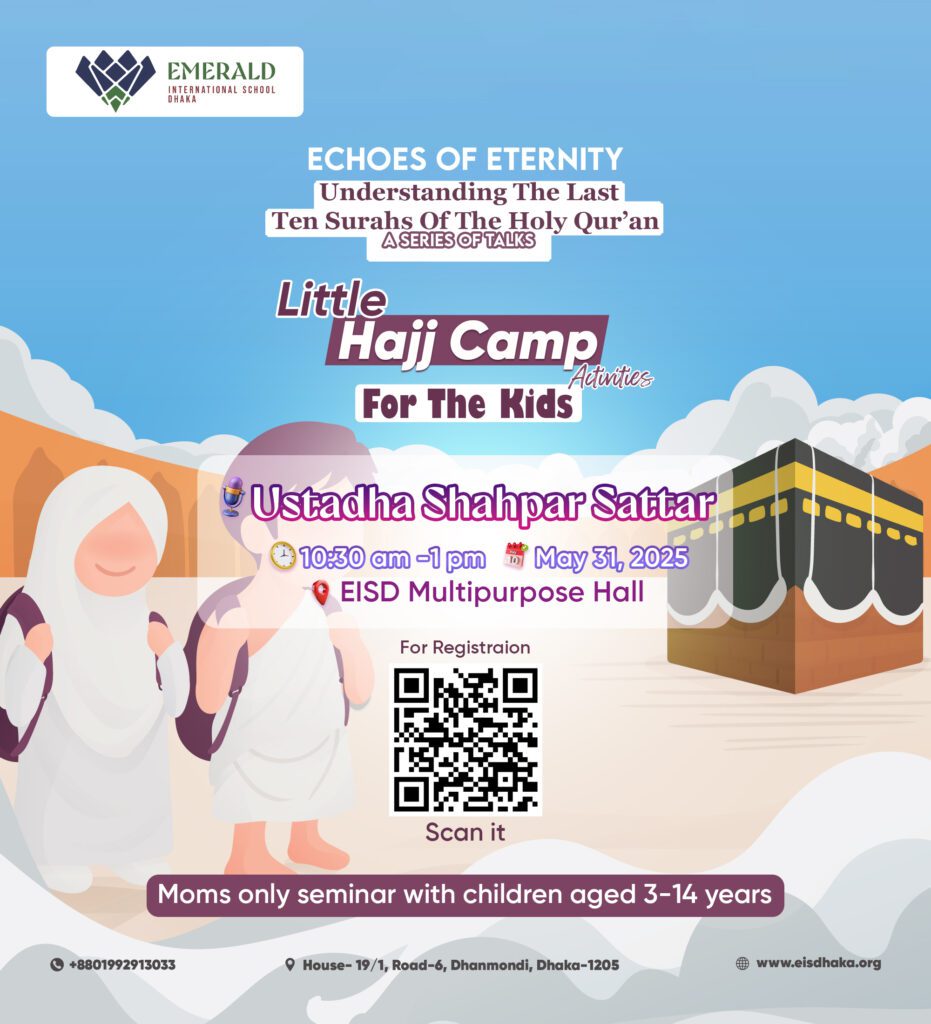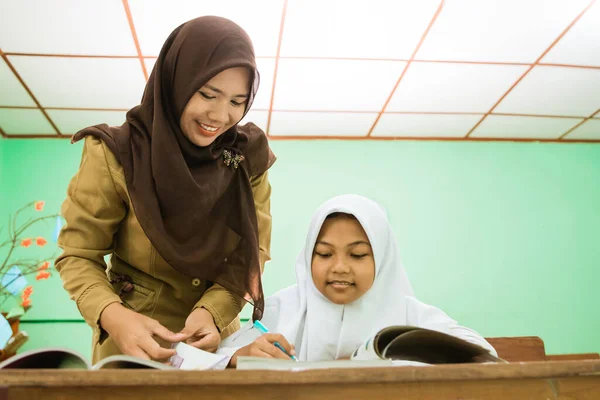The innovative journey of Islamic international education in Bangladesh: A guide for the next generation
5 Trends Shaping the Future of Islamic International Education in Bangladesh
Islamic International Education. In recent years, the educational landscape of Bangladesh has been undergoing a remarkable transformation. One of the most notable developments is the rapid growth of Islamic International Education—a model that seamlessly blends global academic standards with Islamic values and teachings.
This evolving sector is increasingly appealing to the country’s expanding middle class, especially urban families who want their children to receive a world-class education without compromising their religious and cultural identity.
As we look toward the future, it becomes essential to explore the current state, challenges, and opportunities that will shape the direction of Islamic International Education in Bangladesh.
Current Landscape of Islamic Education in Bangladesh
Traditional Islamic Education
Bangladesh has long been home to two primary streams of Islamic education—Qawmi and Alia madrasas.
Qawmi madrasas focus primarily on classical Islamic texts, Qur’anic memorization, Hadith, Fiqh, and Arabic grammar, often with minimal inclusion of modern academic subjects.

Alia madrasas follow a government-supervised curriculum that combines religious studies with general education, but still remains largely distinct from international academic standards.
These systems are invaluable in preserving Islamic scholarship, but many parents feel they don’t fully prepare students for global opportunities.
Secular and International Schooling
On the other end of the spectrum, mainstream secular schools—many offering British (IGCSE) or American (SAT/AP) curricula—are expanding rapidly. However, these schools often lack an Islamic ethos, which makes them less appealing to parents seeking faith-based guidance in their child’s education.
Emergence of Islamic International Schools
This gap between religious depth and academic excellence has paved the way for Islamic International Schools in Dhaka and other major cities. These schools—such as Emerald International School Dhaka—combine internationally accredited curricula with Islamic Studies, Arabic, and character development programs.
Parents often explore Emerald International School Dhaka photos or inquire about Emerald International School fees to evaluate facilities, affordability, and quality. Many are drawn to these institutions for their ability to prepare students for higher education abroad while grounding them in Islamic values.
Key Drivers of Change
Globalization and Technology
The digital revolution has expanded access to educational resources. Parents and students are now exposed to international learning models, online Islamic courses, and virtual collaboration with peers worldwide. Technology is making Islamic International Education more accessible, even in remote areas.
Parental Aspirations
Urban, educated parents increasingly demand schools that deliver both academic rigor and spiritual growth. Search trends like Islamic elementary school near me, Islamic girls school near me, and Islamic high school near me show a growing interest in institutions that merge these two priorities.
Government and Policy Support
While regulation for Islamic international schools in Bangladesh is still evolving, policymakers are beginning to recognize the importance of integrating religious values with globally competitive education. This could lead to supportive policies and funding in the future.
Opportunities for the Future
Hybrid Curriculum Models
The future lies in developing hybrid educational models that integrate Qur’an, Hadith, Seerah, and Fiqh with science, mathematics, IT, arts, and humanities. Many Islamic English medium schools near me are already adopting such balanced frameworks.
International Accreditation
More Islamic international schools are seeking recognition from global accrediting bodies such as Cambridge Assessment International Education or the International Baccalaureate (IB). This ensures that graduates are well-prepared for universities worldwide.
E-Learning and EdTech Integration
Islamic e-learning platforms allow schools to deliver digitally enriched content—blending academic learning with Islamic ethics. These innovations also make quality education accessible to rural and underserved communities.
Regional and Global Collaborations
Bangladesh can build partnerships with schools in Malaysia, the UAE, and Indonesia to exchange expertise, share curricula, and create student exchange programs. Such collaborations enhance both academic credibility and cultural diversity.
Challenges and Barriers
Curriculum Standardization
The absence of a unified Islamic curriculum framework across Islamic international schools can lead to inconsistencies in quality and content. A standardized model would ensure both academic and spiritual depth.
Language Trifecta
Many Islamic international schools aim to teach effectively in Bengali, English, and Arabic. Managing this trilingual approach without compromising subject mastery remains a challenge.
Funding and Infrastructure
High-quality Islamic International Education often comes with higher fees, which can be a barrier for many families. Parents exploring Emerald International School fees sometimes express concern over affordability. Financial aid programs, scholarships, and public-private partnerships could make education more inclusive.
Balancing Tradition with Modernity
Schools must navigate between preserving Islamic heritage and embracing modern pedagogical methods. This requires open dialogue with parents, scholars, and policymakers to find common ground.
Case Studies and Success Stories
Emerald International School, Dhaka
Emerald International School, Dhaka, is a leading example of a balanced Islamic International Education provider. The school integrates an international curriculum with Islamic Studies, Arabic language, and extracurricular programs that foster leadership and moral character. Its growth reflects a rising demand for value-based global education.
Global Comparisons
Countries like Malaysia, the UAE, and Indonesia have demonstrated that combining religious values with modern academics is not only possible but also beneficial. Their models show that with proper regulation, teacher training, and innovation, Islamic International Education can thrive in competitive educational markets.
Policy Recommendations
Government Support and Incentives
Provide tax breaks or grants for Islamic international schools that meet quality benchmarks.
Teacher Training and Capacity Building
Invest in training educators who are well-versed in both academic subjects and Islamic scholarship.
Public-Private Collaboration
Encourage partnerships between private Islamic schools and public institutions for resource sharing.
Research and Evaluation Frameworks
Establish systems to assess curriculum effectiveness, student performance, and overall impact.
Looking for a top English Medium School in Dhaka for your child?
I personally visited a few schools and found one that combines strong academics with extracurricular growth. From modern classrooms to friendly teachers, it’s an environment where kids truly thrive.
Conclusion
Islamic International Education. Bangladesh stands at a pivotal moment in shaping the future of its education system. The growing demand for Islamic International Education signals that parents no longer view faith and academic excellence as separate paths. Instead, they seek a harmonious blend that will prepare their children to be both competent global citizens and devout Muslims.
With thoughtful investment, innovative curriculum design, and supportive policies, Bangladesh has the potential to become a regional leader in Islamic International Education—offering its students an education that is both spiritually enriching and globally competitive.

